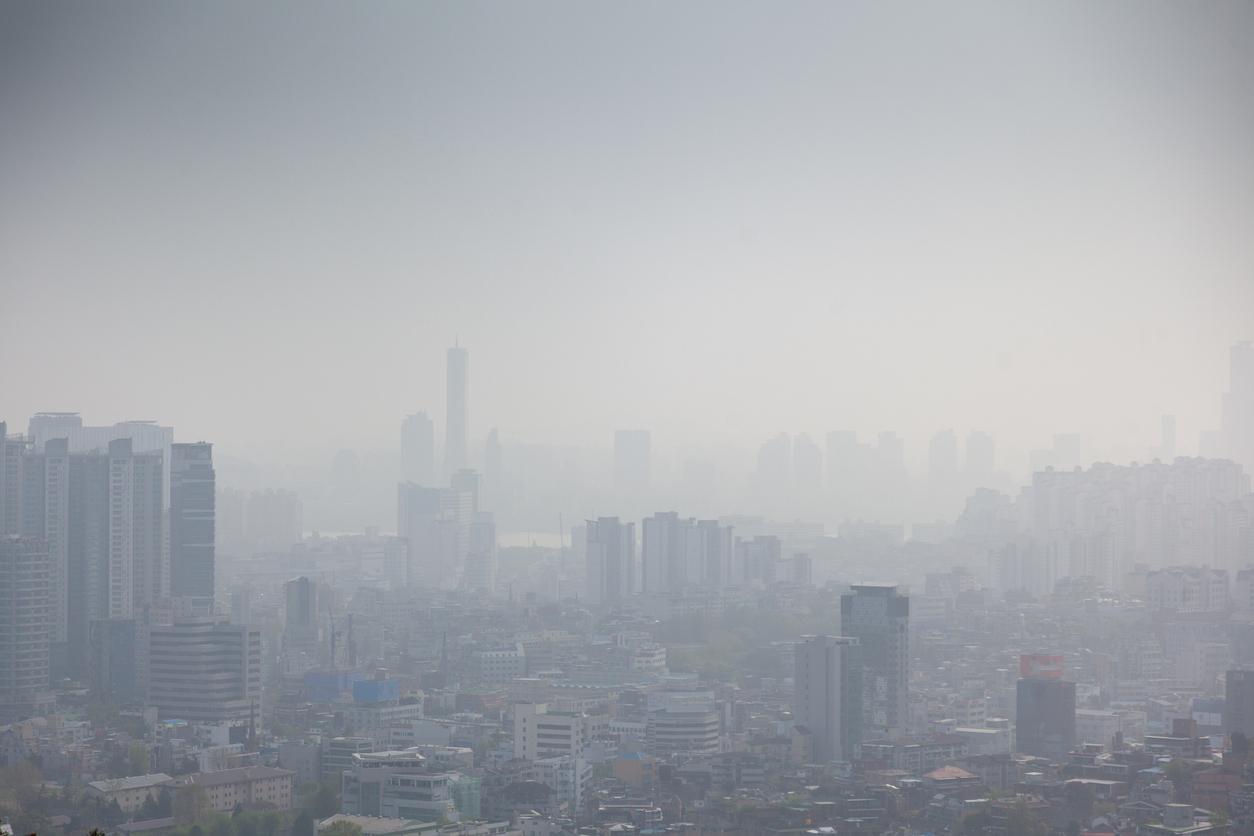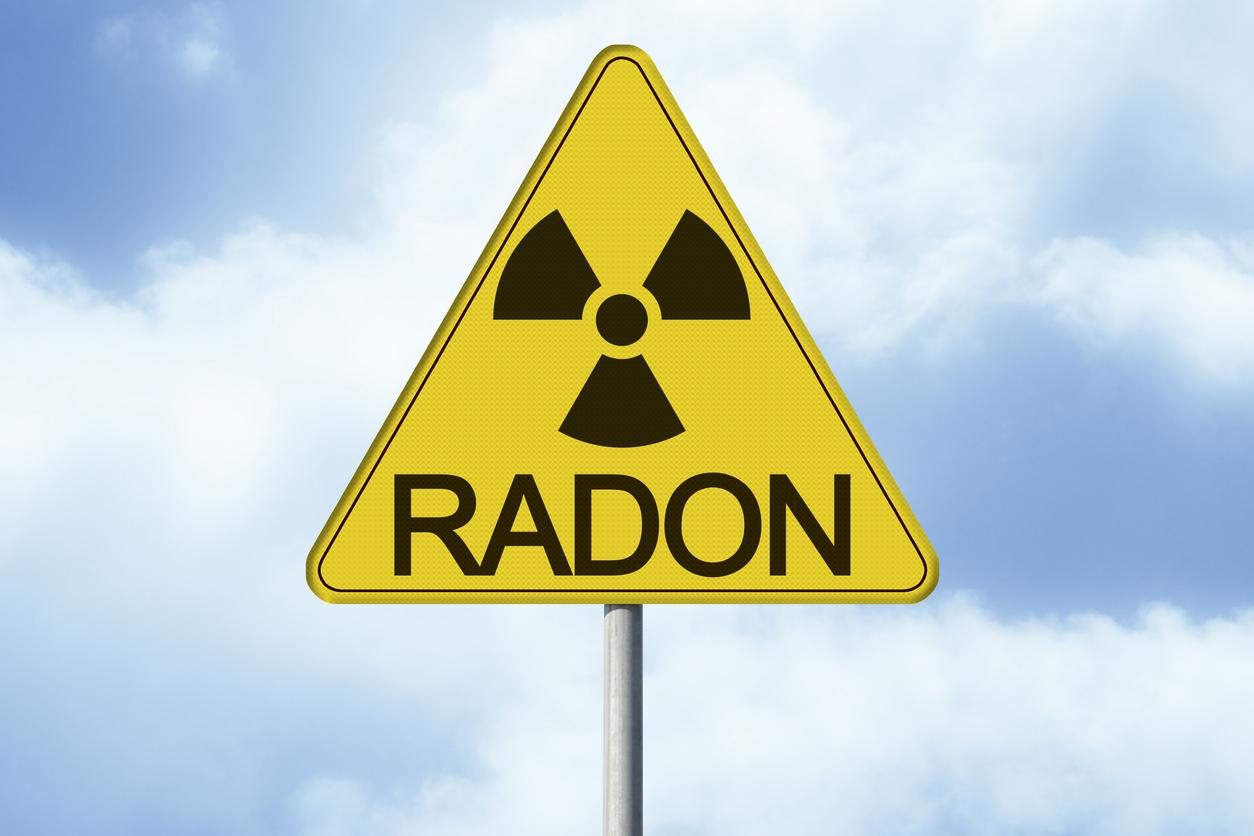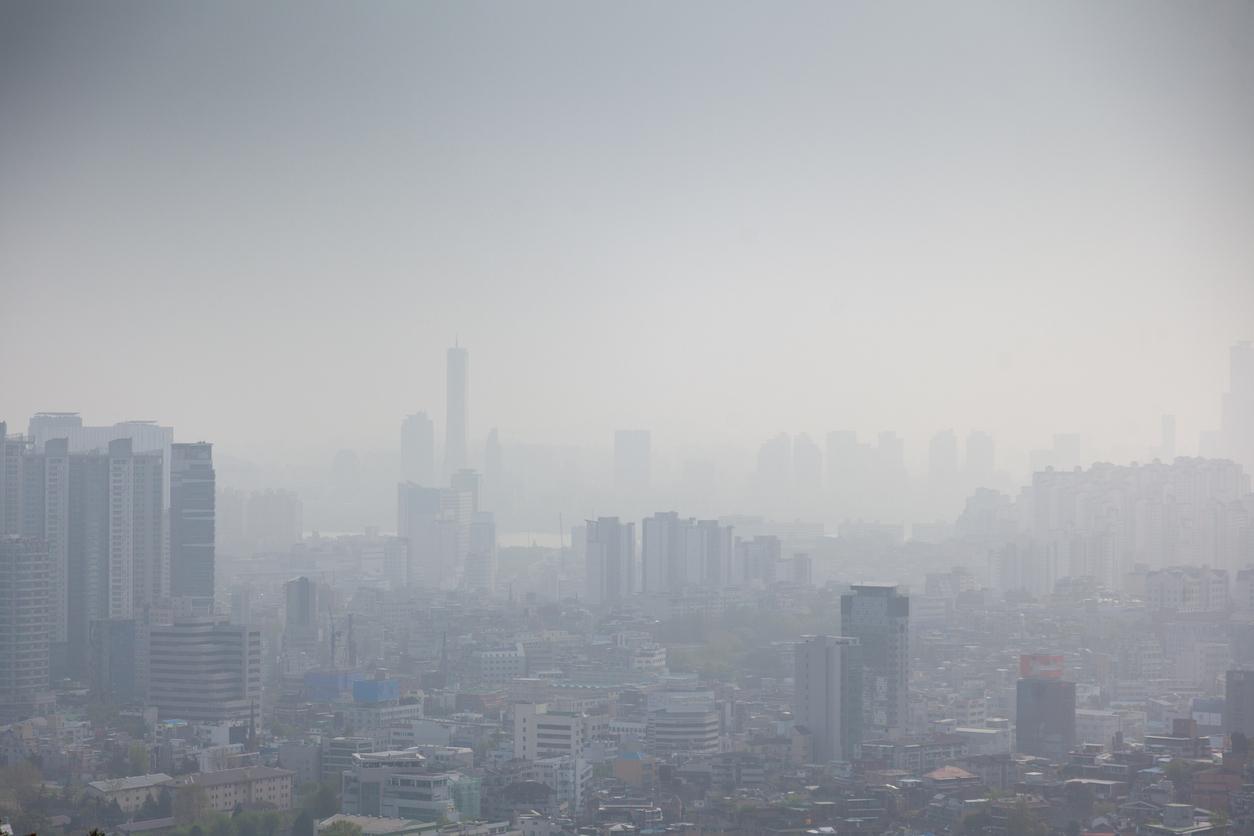The CFDT denounces an exposure to unacceptable pollution of underground workers, who work in particular in the rer and the metro.

“The exposure threshold to which underground workers in particular are subject, is very, very high, is unacceptable, it is also true for travelers”, explained to RFI the general secretary of the CFDT.
“The thresholds are used to measure, if they are too high, we say you are exposed but it is not very serious, in fact the impact on health is enormous. We must lower the thresholds and find the policies which allow air pollution in the metro to be much lower than it is today”, continues Laurent Berger.
Particles that enter the respiratory system
The union will file an appeal before the Council of State to force the State to lower the regulatory thresholds for exposure to pollution of employees of stations, metros and undergrounds. This pollution with fine particles, already pointed out by the CFDT in 2015, is produced mainly by the circulation and braking of trains, RER or metros.
“In underground railway enclosures, the chemical pollution of the air is dominated by the problem of particles. The concentration of particles measured in the air is often expressed in PM10 and PM2.53: these are particles which penetrate in the respiratory tract, capable of being deposited at the level of the pulmonary alveoli for what is the finest fraction (PM2.5)”, indicated thehandles in 2015.
Higher concentrations
“The mass concentrations of PM10 and PM2.5 measured in underground railway enclosures in France and abroad are much higher than those measured in the outside air, even near road traffic, and those measured in the air interior of the dwellings”, she added.
28,000 people regularly work in these underground passages, including more than 26,000 in Ile-de-France. The average concentrations of “total and alveolar dust from the atmosphere inhaled by a worker, assessed over a period of eight hours, may not exceed 10 and 5 milligrams respectively per cubic meter of air, in rooms with specific pollution”, according to the labor Code.
.

















